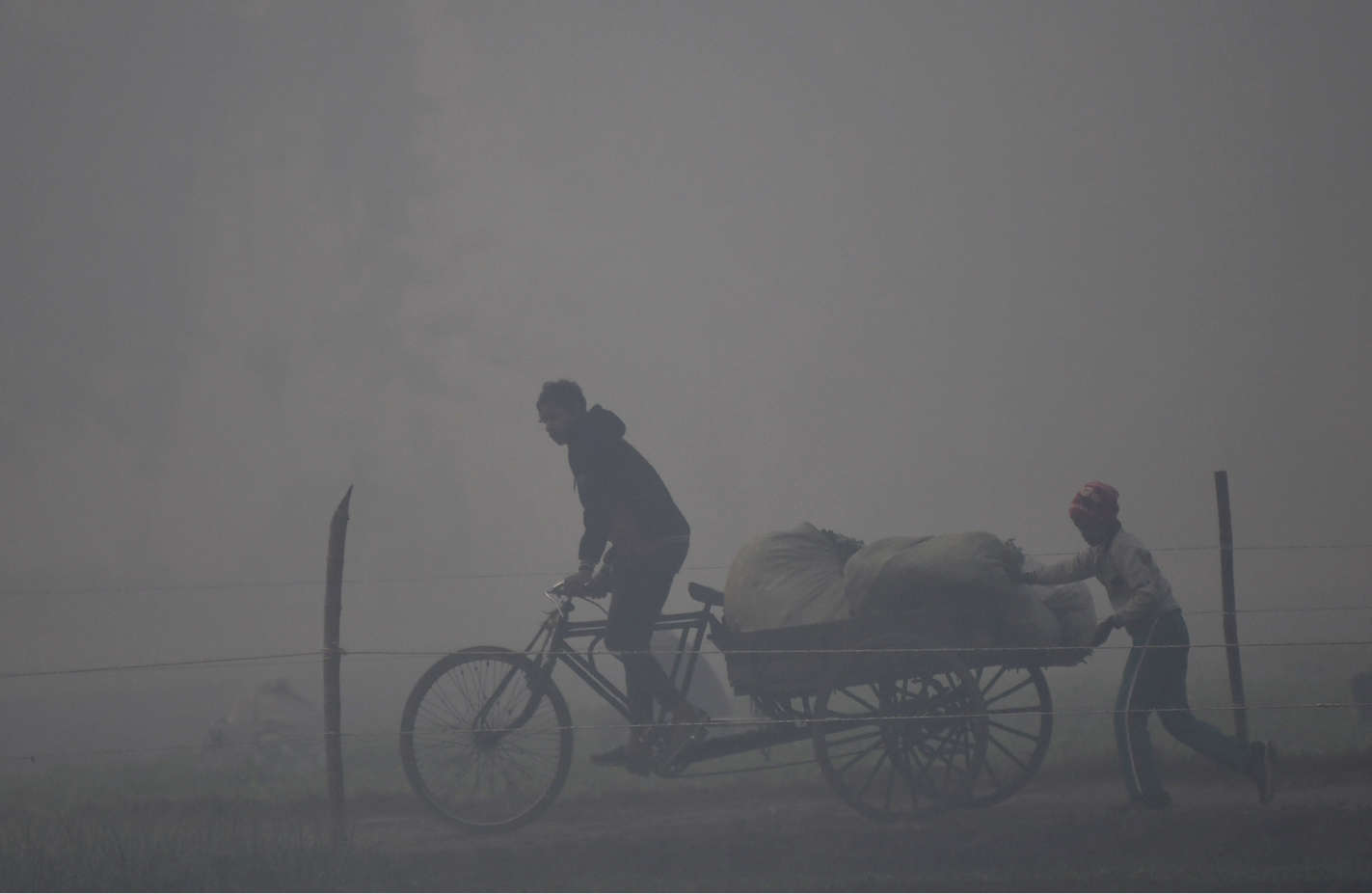
There is barely any difference in overall PM2.5 (particulate matter 2.5) trends between cities under the National Clean Air Programme (NCAP) and those outside its ambit, as per a new analysis by the Centre for Science and Environment (CSE), released on the eve of the UN International Day of Clean Air for Blue Sky. Both groups of cities reflect similar mixed trends in air quality in different climatic zones and require a substantial reduction in particulate pollution levels to be able to meet the national ambient air quality standards.
The national analysis was carried out by CSE of PM2.5 levels in cities to understand the trend in both NCAP and non-NCAP cities, and the level of reduction needed in both groups of cities to meet the national clean air standards. The analysis also exposed the status of air quality monitoring in terms of manual and real-time monitoring, the extent of PM10 and PM2.5 monitoring in cities, and the challenges of data quality to construct and verify a longer-term air quality trend.
Only 43 NCAP cities have adequate PM2.5 data for the period 2019–2021, enough to create a reasonable trend for tracking progress. However, 2020 has been an exceptional year due to the lockdown phases. Nearly all cities have recorded a dip in 2020 followed by a subsequent increase in 2021. Therefore, a comparison between 2019 and 2021 shows that only 14 of the 43 cities have registered a 10% or more reduction in their PM2.5 level between the two years.
Seven cities show negligible change (less than 5%). These include Delhi and Ghaziabad. There are 16 cities that have registered a significant increase (5 % or more) in their PM2.5 levels. Khanna, Jaipur, and Udaipur have registered the most deterioration, with their 2021 annual values increasing by over 20% compared to their 2019 annual values. Faridabad is the only NCR NCAP city in this pool with a significant worsening of air quality, with a 6% increase.
Punjab, Rajasthan, and Maharashtra cities dominate the list of cities that have registered a significant increase in PM2.5 levels between 2019 and 2021. Chennai, Varanasi, and Pune show the most improvement among NCAP cities. Unlike cities with increasing pollution levels, which have a very clear regional pattern, there is no regional pattern among cities reporting significant improvement in their air quality.
There are 46 cities that are not covered under NCAP. In this group, 15 cities have registered a significant worsening of annual PM2.5 levels between 2019 and 2021. Ankleshwar in Gujarat, with a 34% increase in annual PM2.5 value, is the worst performer in the pool, followed by Satna (Madhya Pradesh), Vatva (Gujarat), Bahadurgarh (Haryana), and Bhatinda (Punjab); all of which have registered a 20 % increase.
Haryana, Madhya Pradesh, and Gujarat dominate the list of non-NCAP.